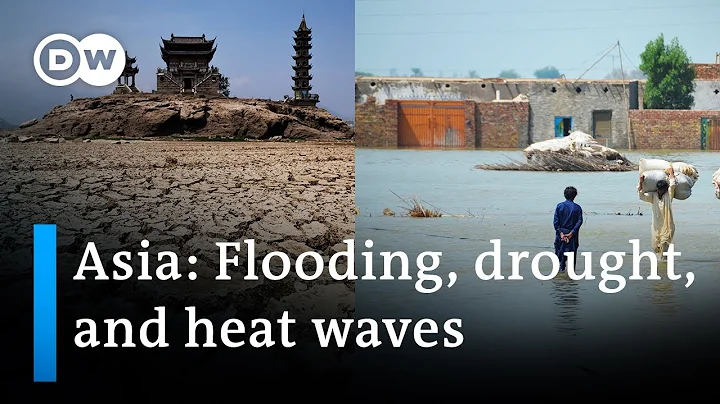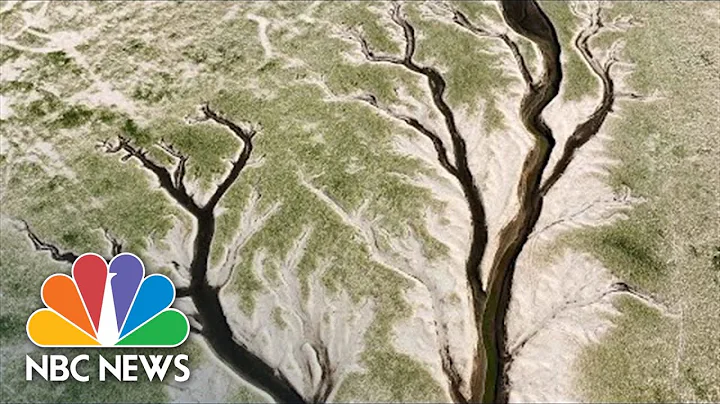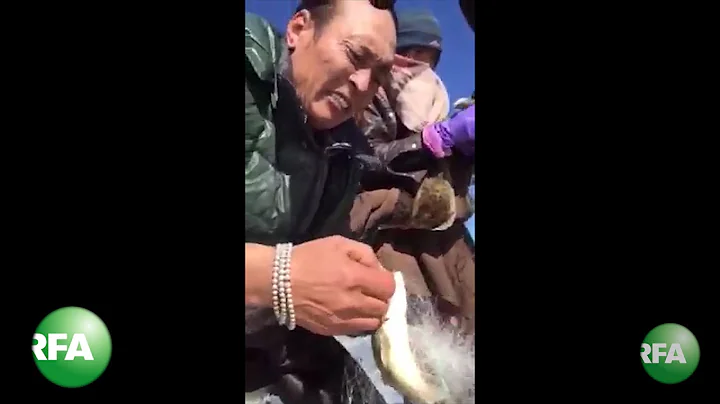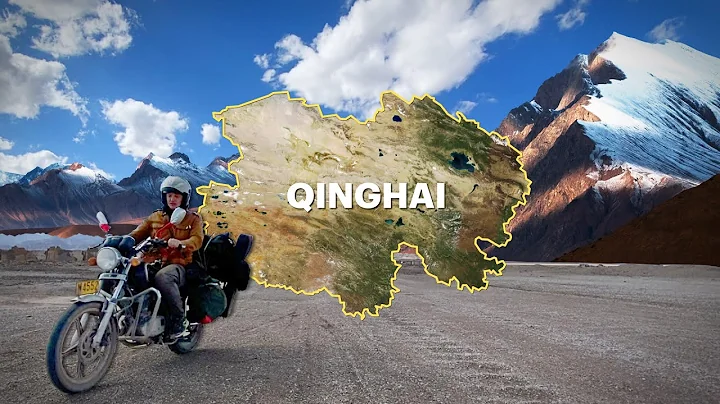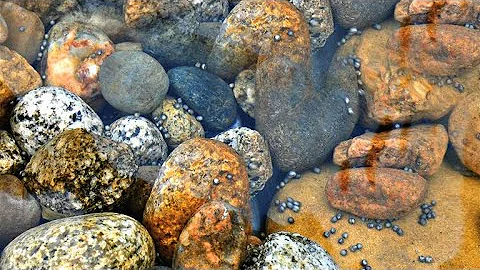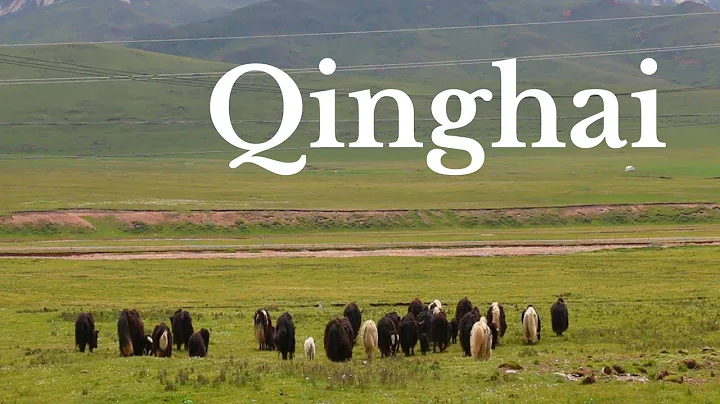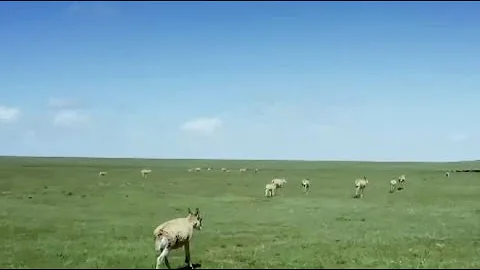It’s almost July, and the weather has been really hot recently. It’s 31℃ in Jinan, 34℃ in Zhengzhou, 37℃ in Xi’an, 35℃ in Hefei, 35℃ in Lanzhou, 35℃ in Chengdu, and 35℃ in Shanghai. Most of the country’s temperatures are warmer than normal for the same period of the year. High, precipitation is less than the same period of the year, showing dry and hot weather characteristics.
The weather is too hot. Some animals become bigger, some become smaller, and some disappear completely.
The beaks, legs and ears of animals have become larger.
Climate warming has caused many mammals to "deform". Some scientists have discovered that the body shapes of some warm-blooded animals around us are undergoing some changes. The animals' beaks, legs and ears have grown larger, allowing them to better regulate their body temperatures, and birds have been particularly affected by this.
Scientists observed more than 30 kinds of animals and found that the biggest change was in the Australian parrot species. The beaks of these parrots have increased by an average of 4% to 10%. The tail length of squirrels has increased, the tail and leg size of shrews have increased, and the wing size of bats in warm climates has also increased.
Birds and mammals generally use their beaks and ears to dissipate heat respectively.
Like an elephant, the protruding parts such as ears are expected to grow. Will ears as big as wings appear after a long time?
The size of animals has become smaller, especially birds
By adjusting their behavior, that is, changing where, when, what they forage for, and how they obtain food resources, they can cope with the consequences of climate warming. When various changes occur, try to reduce the negative impact on yourself.
With global warming, many species today are also decreasing in size. Toads, marine iguanas, snakes, turtles, newts, wood rats, Arctic butterflies, several species of North Sea fish and a species of sheep - these animals are all getting smaller. .
Small, low-energy individuals have a survival advantage in warm environments, so over many generations, animals living in warmer areas will gradually evolve to become smaller.
Scientists have observed this phenomenon in many different animal species, from wild sheep to wood rats, and it's particularly well documented in North American songbirds.
Researchers recorded more than 70,000 birds, and data show that dozens of bird species have shrunk in size over the past 40 years.
Some animals have lost some of their functions
The increase in carbon dioxide content in the air has changed the temperature of the earth. carbon dioxide can prevent surface heat from radiating into space and has the function of regulating the earth's temperature.
Without carbon dioxide, the earth’s average annual temperature would be 20°C lower than today. If the carbon dioxide content is too high, the earth will seem to be covered in a pot, and the temperature will gradually rise, forming the " greenhouse effect ".
The higher the carbon dioxide content, the hotter the weather, and the more carbon dioxide absorbed by the seawater, making it more acidic. This is causing clownfish that inhabit coral reefs and rocks to be losing their hearing. This means that the clownfish's ability to listen to predator sounds is reduced and its living environment is threatened. In addition to avoiding predators, sound also plays an important role in searching for companions, collective hunting, and foraging. If clownfish loses all these abilities, the consequences will be disastrous.
If it gets hotter again, some animals may even disappear completely
As average temperatures rise, many bird populations decline. According to a survey conducted by researchers at Utah State University in the United States, a temperature rise of 3.5 degrees Celsius may cause 600 to 900 bird species to become endangered.
Due to climate change, about 25% of mammals and 12% of birds are likely to become extinct within a few decades. If body temperature cannot be controlled, animals can die from overheating.
As temperatures rise, summers lengthen, and bird migrations take longer. As a result, a certain kind of bird did not appear in the area for a long time, and a pest that the bird ate became rampant, destroying large areas of forest, forming a vicious cycle. The forest became less and less, and the birds had no home to live in, and they were unable to return to this area. area.
Global warming has become an indisputable fact. The trend of global warming continues, and the various changes it brings are becoming increasingly significant. Moreover, global greenhouse gas emissions are still increasing, and the concentration of carbon dioxide is increasing unabated. .
Some scientists speculate that by 2070, 20% of the earth's land may no longer be suitable for human and animal habitation.




